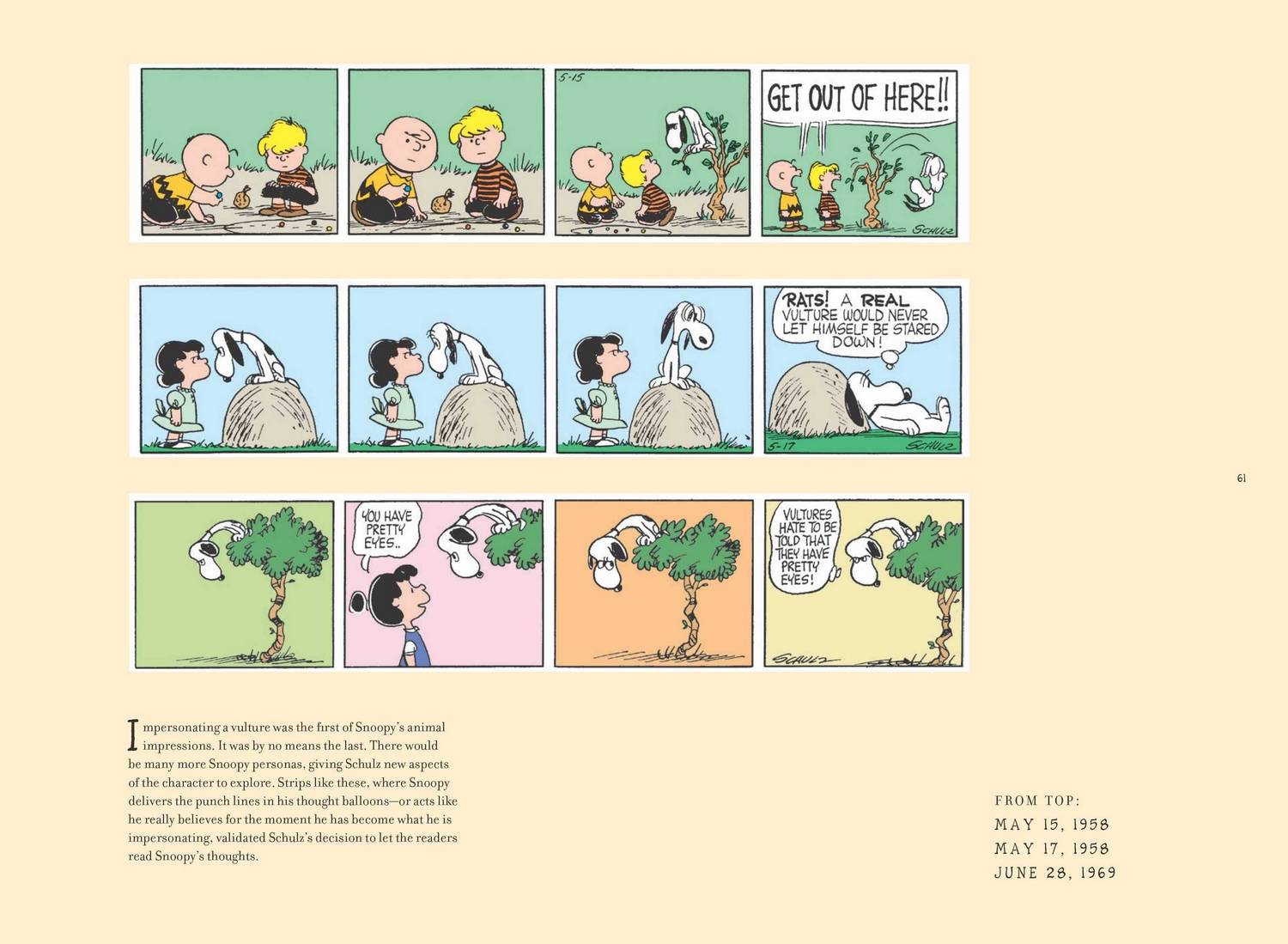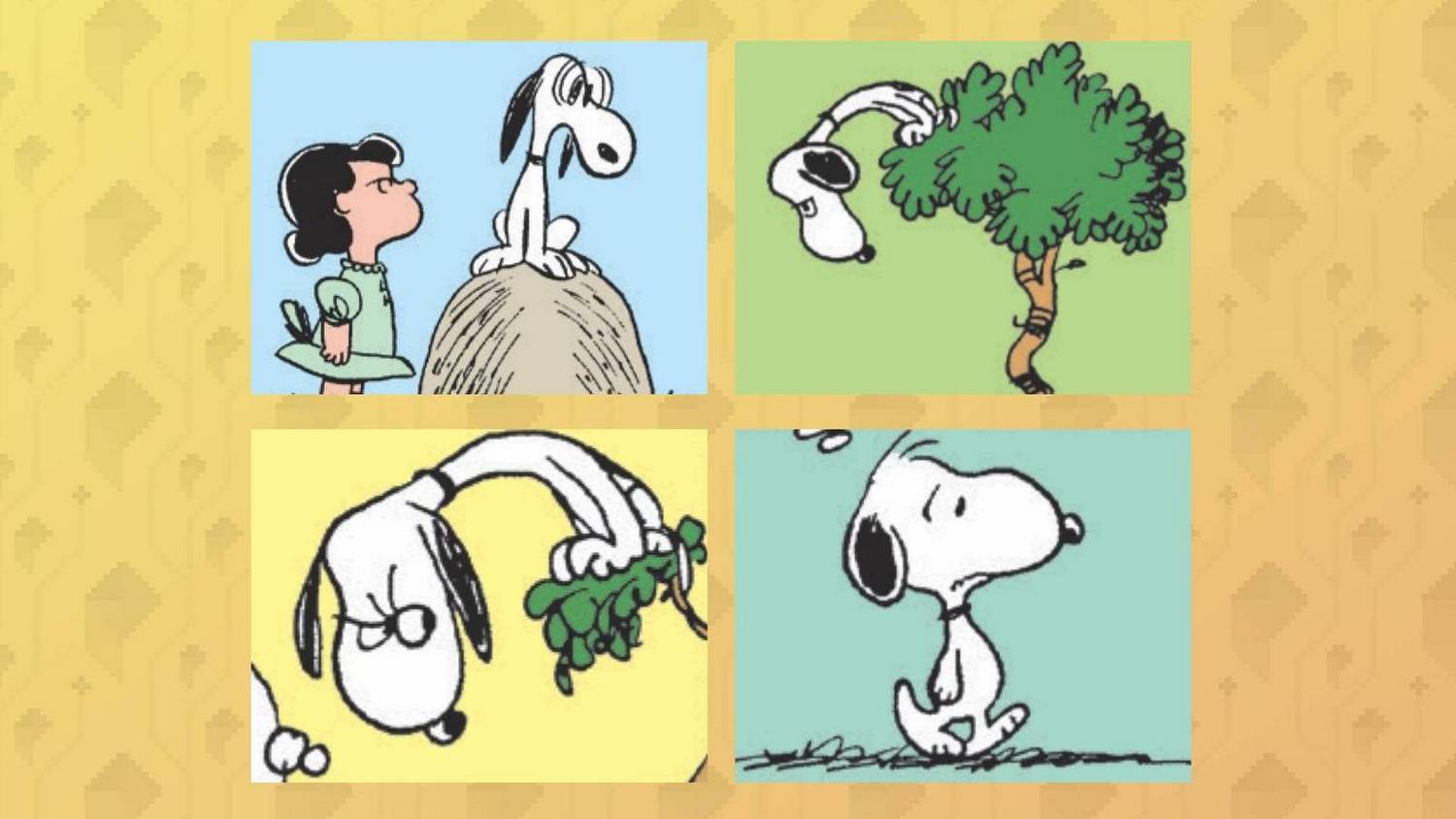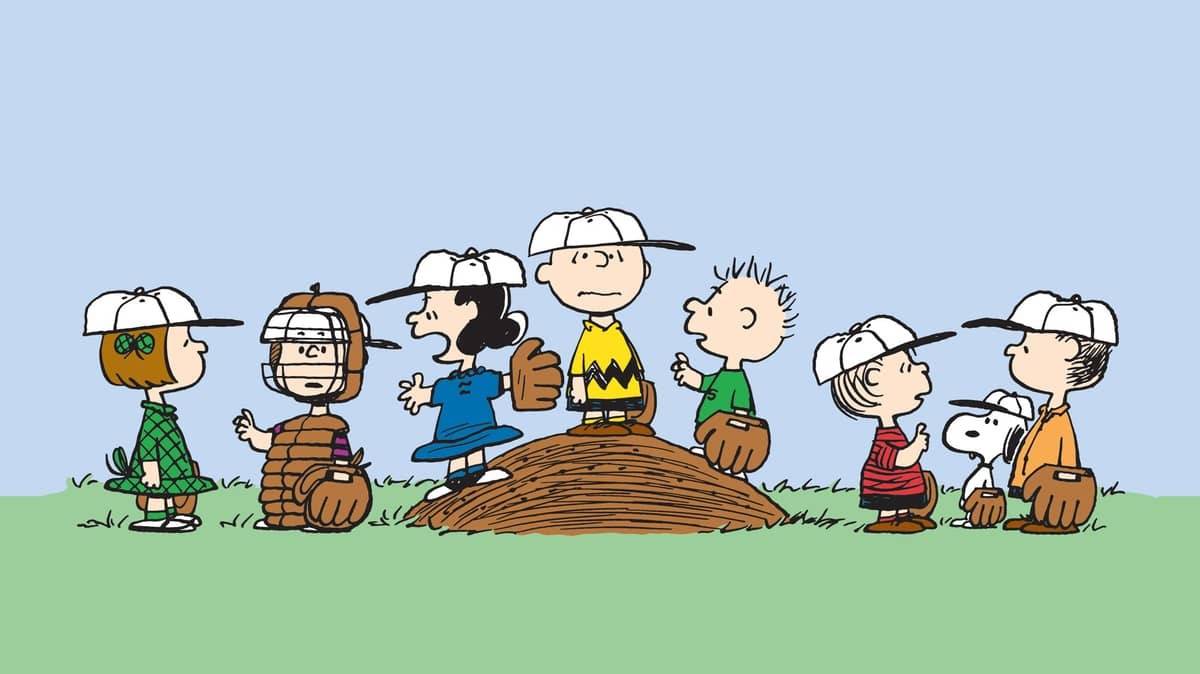Exclusive Report: The Unintended Metamorphosis of Snoopy—How Charles M. Schulz’s Iconic Beagle Evolved Beyond His Creator’s Original Intentions
Popular Now
 Rust
Rust
 Brawl Stars
Brawl Stars
 FIFA 23
FIFA 23
 Garena Free Fire: Kalahari
Garena Free Fire: Kalahari
 League of Legends
League of Legends
 The Legend of Zelda
The Legend of Zelda
 Valorant
Valorant
 Gacha Club
Gacha Club
 Schedule I
Schedule I
 Genshin Impact
Genshin Impact

The history of Peanuts, Charles M. Schulz’s timeless comic strip, is a narrative interwoven with profound psychological depth, gentle humor, and, perhaps most notably, the quiet, almost accidental evolution of its most famous character: Snoopy.
Snoopy, the imaginative, often aloof beagle, is a global pop culture icon, a figure whose face is instantly recognizable on everything from luxury watches to investment-grade memorabilia. Yet, the dog who debuted on October 4, 1950, as a silent, four-legged pet is a galaxy away from the sophisticated, bipedal, fantasy-laden personality who typed Schulz’s final farewell in 2000. This drastic transformation, spanning five decades, was an organic, often unintended consequence of Schulz’s relentless pursuit of new comedic material, creating a fascinating case study in cartoon character development and its impact on intellectual property valuation.
 The Beagle on All Fours: Snoopy’s Modest Beginnings (1950s)
The Beagle on All Fours: Snoopy’s Modest Beginnings (1950s)
When Snoopy first appeared, he was a conventional dog. Schulz himself drew the character as a standard, white-and-black beagle—based, in part, on his childhood dog, Spike. In his earliest years, Snoopy primarily served as a foil to Charlie Brown’s anxieties, a cute, relatively background figure. His actions were those of a typical pet: chasing cars, barking, and frolicking.
- Debut as a Dog: Initially four-legged, Snoopy did not possess his signature, complex inner life.
- Early Anthropomorphism: The first crack in the façade of the ‘real dog’ appeared on March 16, 1952, when Snoopy’s thoughts were revealed in a thought balloon, a pivotal, yet subtle, shift toward human-like consciousness.
- Visual Simplicity: The early drawings were clean, simple, and physically grounded.
This early period shows a clear intention: to create a simple pet. The change was gradual, almost an accretion of new behaviors that ultimately broke the original mold. This is a crucial lesson for brand licensing and creative asset management: a successful character will often dictate its own evolution to the creator.
 The Emergence of the Bipedal Intellectual (1960s)
The Emergence of the Bipedal Intellectual (1960s)
The 1960s are widely regarded as the “Golden Age” of Peanuts, and this era is when Snoopy truly came into his own. His transformation accelerated dramatically, pushed by Schulz’s own acknowledgment that the children-only format was becoming creatively restrictive. The physical shift was the most striking and arguably the most unintentional.
Snoopy first appeared upright on his hind legs in January 1956, initially as a brief visual gag. However, by the early 1960s, this stance was becoming a regular feature, culminating in his preference to sleep on top of his doghouse, not inside it (a habit first seen in late 1958). Schulz admitted that the character’s increasing upright posture was less a planned narrative decision and more a way to visually accommodate Snoopy’s emerging, eccentric behaviors.
Key Anthropomorphic Leaps:
- Walking Upright: This allowed him to interact with the world like a human, opening up a universe of new scenarios.
- The World War I Flying Ace (1965): This persona, born from a simple doodle, became his most iconic and high-value alter-ego, establishing Snoopy’s fantastical inner life as the strip’s major source of comedy. The imagery proved immensely popular for merchandising opportunities.
- Joe Cool (1971): This persona cemented his identity as an imaginative, detached observer, reflecting a new, self-aware consumer culture of the era.
Strong Focus on Creative Freedom: Snoopy’s journey from dog to writer, attorney, and astronaut became Schulz’s creative escape hatch. When the daily lives of Charlie Brown and his friends felt constrained, Snoopy’s doghouse roof offered infinite narrative possibilities, effectively ensuring the strip’s longevity and continued monetization. This flexibility is a prime factor in the character’s sustained brand equity.
The Final Form: A Human in a Beagle Suit (1970s–2000)
In the final decades of the strip, the transformation was complete. Snoopy was, for all intents and purposes, a human character who happened to be a beagle. He rarely barked and often seemed to possess more self-confidence and sophistication than his perpetually anxious owner, Charlie Brown. He hosted social gatherings, played hockey, and even tried to write the Great American Novel. His relationship with his best friend, Woodstock, and the rest of the Peanuts gang became complex and human-like.
The Accidental Implications:
- Charlie Brown’s Status: The more Snoopy evolved, the more Charlie Brown’s identity shifted from lead protagonist to a necessary, often overlooked, caregiver. Snoopy’s success often came at the expense of Charlie Brown’s happiness, unintentionally highlighting a bittersweet dynamic that resonated with a sophisticated, global audience.
- A Marketing Dynamo: Snoopy’s universal appeal and endless alter-egos made him a marketing powerhouse, a natural fit for digital media and premium collaborations with brands like NASA (The Silver Snoopy Award is a prestigious honor) and MetLife, further inflating his commercial viability far beyond the confines of the daily strip.
- Legacy and Continuation: The fully evolved Snoopy is the version that has been successfully translated into contemporary media, including streaming content and 3D animation, proving the character’s enduring market potential and high return on advertising spend (ROAS) for media partners.
The Enduring Paradox: Schulz often voiced his surprise at Snoopy’s runaway popularity, particularly his standing on two legs. “Snoopy was the slowest to develop,” he once said, “and it was his eventually walking around on two feet that turned him into a lead character.” This admission confirms the central theme: the Snoopy we cherish was not a rigid, pre-planned entity, but a character who, through an organic series of daily comic strips, simply outgrew his original, four-legged frame, solidifying his status as one of the most valuable and unintentionally complex intellectual properties in modern history.
Conclusion: The Unstoppable Force of Imagination
Snoopy’s 50-year journey is a testament to the power of creative freedom. What started as a simple, silent dog evolved, driven by the needs of a daily cartoonist for new material, into a World Famous anything-he-could-imagine. This accidental metamorphosis not only saved the comic strip from creative stagnation but also created a multi-billion-dollar character whose story—a dog’s imagination unbound—continues to resonate globally, driving significant engagement in modern media platforms and guaranteeing his place in cartoon history as a unique, self-propelled legend.










